
The golden age of motoring (roughly 1919 to 1930) was when cars finally divorced themselves from their horse-drawn ancestry and embraced their mechanical destiny. It was a time when owning a car meant you were part mechanic, part optimist, and full-time glutton for punishment. These magnificent machines carried an undeniable elegance, with curves that would make a Kardashian jealous and handcrafted details that put modern mass production to shame.
But let's be honest, every trip was an adventure back then, and not always the kind that was enjoyable. Some features from this era disappeared faster than free stickers at a car show, while others faded slowly, leaving behind memories that gearheads still get misty-eyed about.
Today's drivers live in automotive luxury that would make a 1920s motorist weep with joy. We turn a key (or push a button), and cars purr to life. We press a pedal, and the car actually stops. Revolutionary stuff, really. Yet something was lost in all that progress: a rawness, a connection between human and machine that made every drive feel earned rather than entitled.
A Method Through Time and Memory
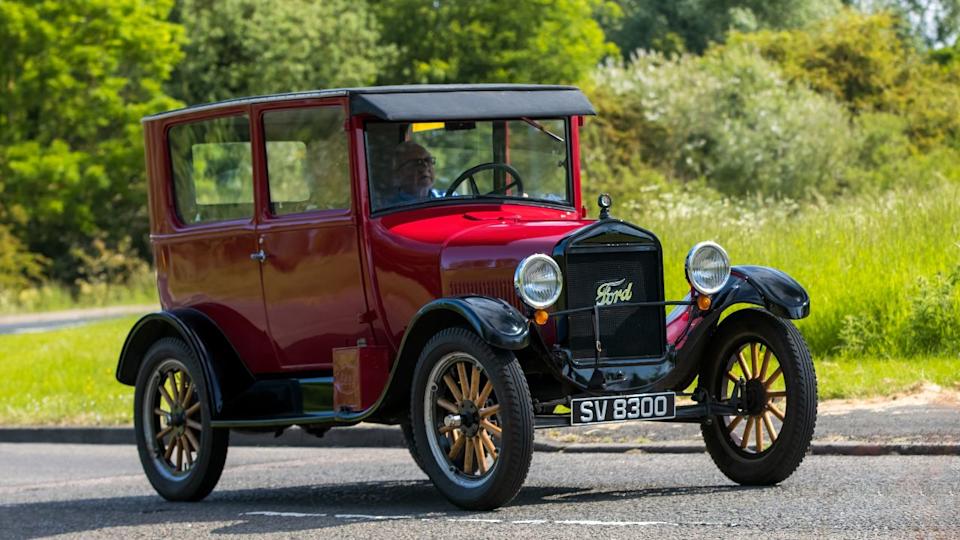
Looking back at vintage cars is like examining an old relationship: you remember the good times fondly while conveniently forgetting how often it left you stranded on the side of the road. Driving in the 1920s was a full-contact sport played against mechanical opponents that fought back.
Roads were basically suggestions carved into dirt. Engines had the temperament of prima donnas and the reliability of weather forecasts. Safety features consisted of whatever divine intervention you could muster and maybe a leather helmet if you were fancy. Every rumble, shake, and mechanical hiccup was a form of communication. Your car had opinions about the weather, the quality of gasoline, and whether you'd properly prayed to the automotive gods that morning.
For this deep dive into automotive archaeology, I've divided vintage features into two camps: those that make us grateful for progress and those that still tug at our heartstrings like a perfectly timed downshift. Each feature tells a story about how far we've traveled, both literally and technologically.
The question that guided this journey: Would today's drivers welcome this feature back with open arms, or would they flee screaming into the night? The answers reveal as much about our relationship with cars as they do about the march of progress.
Features Drivers Do Not Miss
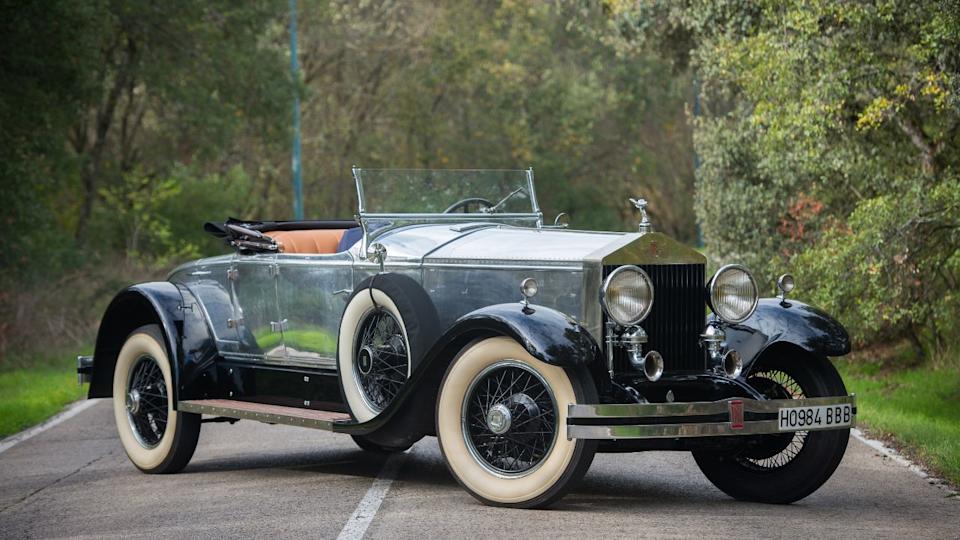
These are the automotive equivalents of medieval medical practices: fascinating from a historical perspective, utterly terrifying in practice. They looked elegant in sepia-toned photographs, but turned daily driving into an extreme sport with potentially fatal consequences.
Let's keep these in the museum and not on the road...
Hand-Crank Starters
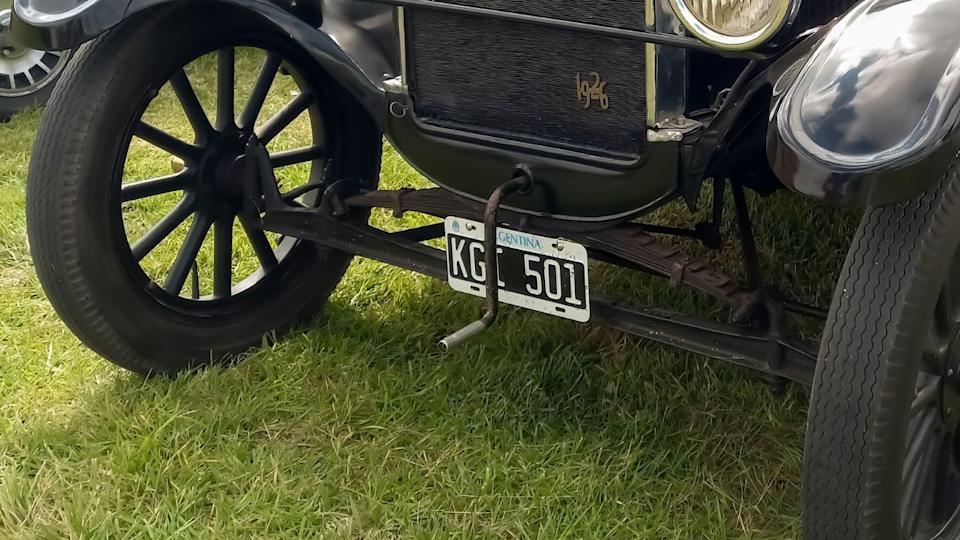
Before Charles Kettering invented the electric starter in 1912 (bless his brilliant soul), starting your car meant grabbing a steel rod and cranking it like you were trying to wake the dead. This wasn't just inconvenient; it was genuinely dangerous. The crank could kick back with the force of an angry mule, breaking arms, wrists, and occasionally jaws of overconfident motorists.
Picture this: It's a frigid January morning in 1925. You're wearing your Sunday best, and your Model T is feeling particularly stubborn. After 20 minutes of cranking, you're sweating through your wool coat, your shoulder is screaming, and your car is still as lifeless as your enthusiasm for "the good old days."
The hand crank required precise timing, considerable upper body strength, and the patience of a saint. Miss the timing, and the engine's compression would send that steel rod spinning back toward your face faster than bad financial advice. Many a gentleman's dignity (and several bones) were sacrificed to the gods of internal combustion.
When electric starters became standard, it was like discovering fire all over again. Suddenly, anyone could start a car—women, children, elderly folks, and men who preferred their morning routine without the threat of bodily harm. The hand crank earned its retirement, remembered today only by sadistic restorers who insist on "period authenticity."
Mechanical Brakes
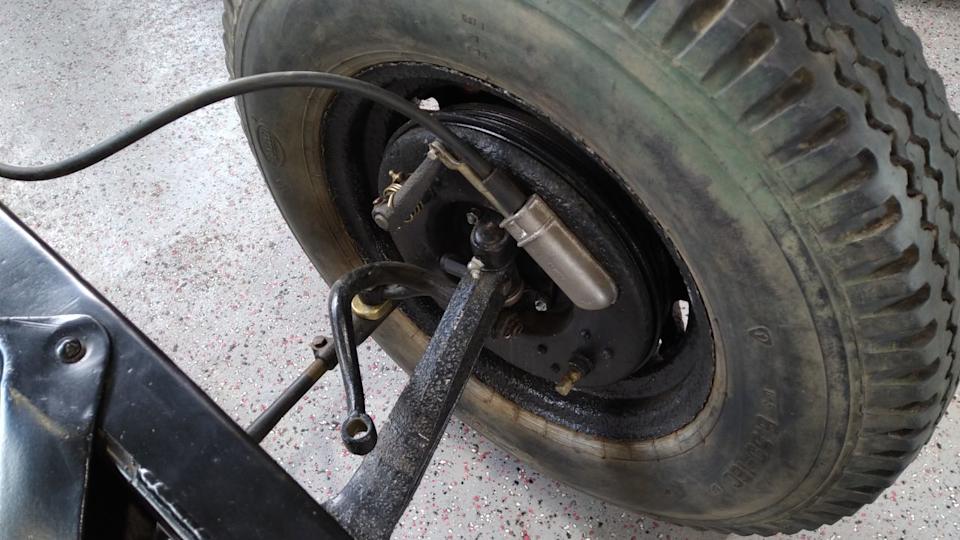
In the 1920s, braking systems operated through a complex network of rods, cables, and prayers. These mechanical systems worked adequately at horse-and-buggy speeds but became increasingly inadequate as cars gained speed. Imagine pressing your brake pedal and having each wheel decide independently how much it felt like cooperating that day.
The physics were simple but cruel: mechanical advantage was limited, and cable stretch was a real concern. At 30 mph, you needed the leg strength of a competitive cyclist and the foresight of a fortune teller. Emergency stops were less about quick reactions and more about advanced trip planning.
One wheel might grab aggressively, sending you into a skid, while another barely slowed at all. Driving in traffic meant maintaining gaps large enough to park a small aircraft, and every hill descent was a white-knuckle negotiation with gravity and the geometry of the road.
Malcolm Loughead's hydraulic brake system, introduced on the 1921 Duesenberg Model A, revolutionized the automotive industry. Suddenly, brake pressure was distributed evenly, stopping power increased dramatically, and drivers could brake with their foot instead of their entire body weight. The difference was so profound that mechanical brakes became obsolete almost overnight.
Today's ABS systems, electronic brake distribution, and brake assist would seem like witchcraft to a 1920s driver. We casually stop from highway speeds without breaking a sweat, blissfully unaware that we're experiencing one of automotive history's greatest revolutions.
Acetylene Headlamps

Before reliable electric bulbs, many cars relied on acetylene gas lamps for nighttime illumination. These brass beauties burned calcium carbide mixed with water, producing a flame that generated about as much light as a particularly optimistic candle. The process involved filling reservoirs, lighting the burners by hand, and hoping the feeble glow would reveal obstacles before you became intimately close with them.
The light output was so pathetic that night driving was essentially automotive Braille. Rural roads became psychological horror films, with drivers creeping along at walking speeds, peering into darkness that swallowed their headlights like automotive black holes. Many drivers simply refused to drive after sunset, making the acetylene lamp the ultimate social curfew enforcement device.
Maintenance was a nightly ritual. You'd clean the burner tips, refill the water reservoir, check the carbide supply, and perform the ceremonial lighting, assuming the wind wasn't blowing and you hadn't run out of matches. In rain or snow, the flames would sputter and die, leaving you literally in the dark.
When electric headlights became reliable around 1915, it was like upgrading from smoke signals to high-definition television. Suddenly, roads appeared before you instead of materializing at the last terrifying second. Night driving evolved from a survival horror experience to a practical form of transportation.
Modern LED headlights produce over 3,000 lumens compared to acetylene's measly 20. Today's adaptive systems adjust beam patterns automatically, while vintage drivers were thrilled if their flames stayed lit for an entire trip. Progress sometimes comes in the form of simply being able to see where you're going.
Wooden-Spoke Wheels
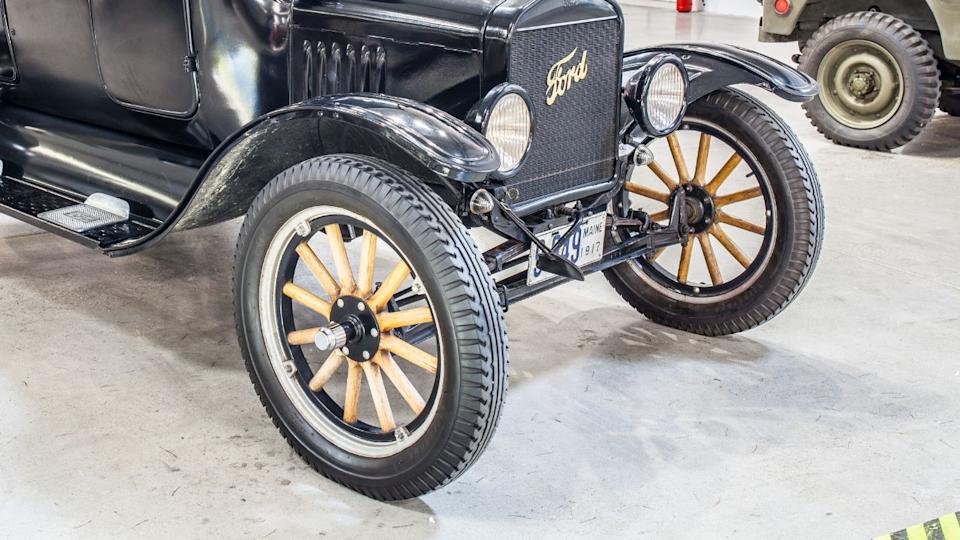
Wooden wheels were gorgeous, hand-crafted works of art that showcased the wheelwright's skill. Unfortunately, they were also temperamental, high-maintenance, and prone to catastrophic failure at precisely the wrong moments. These wheels were essentially oversized furniture forced into automotive duty, and they performed about as well as you'd expect furniture to handle pothole-riddled roads.
Wood expands and contracts with temperature and humidity changes, meaning your wheels literally change shape based on the weather. Spokes would loosen in dry conditions and bind in humid weather. A sudden rainstorm could cause spoke joints to swell and jam, while a hot summer day might leave them rattling like castanets.
Speed was the enemy. Above 35 mph, centrifugal forces would stress the wooden components beyond their design limits. Spokes could snap without warning, sending the wheel into catastrophic failure and the driver into a close encounter with the local landscape. Smart drivers carried spare wheels, spare spokes, and apparently spare lives.
The transition to steel wheels wasn't just about durability: it was about survival. Steel wheels could handle higher speeds, rougher roads, and the general abuse that comes with actual driving. They didn't require seasonal adjustments, constant inspection, or emergency carpentry skills.
Wire-spoke wheels continued the tradition of beautiful impracticality well into the 1980s on sports cars, but solid steel and eventually aluminum alloys became the pragmatic choice. Today's wheels are engineered to survive potholes that would have reduced wooden wheels to expensive kindling.
Fabric and Canvas Roofs
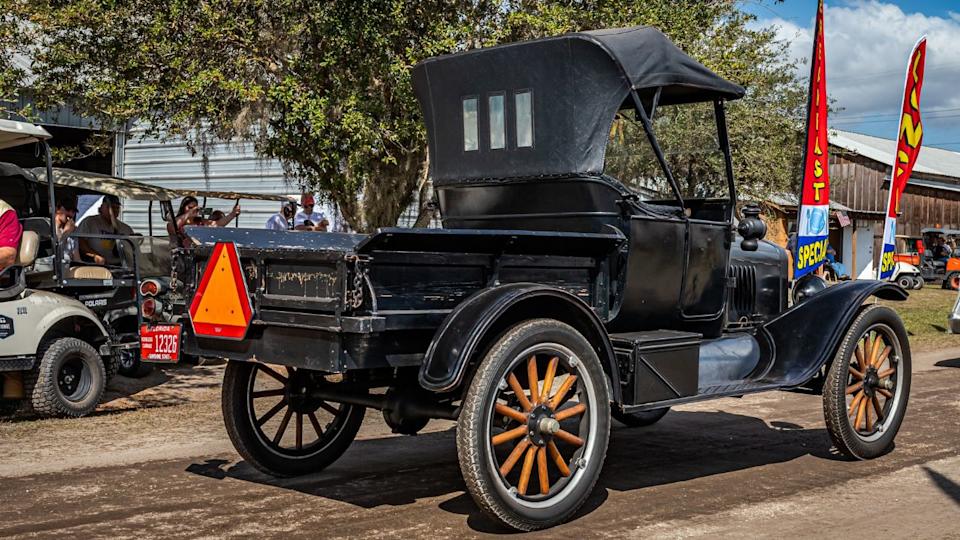
Many 1920s sedans featured canvas or fabric roofs stretched over wooden frames, essentially making every car a convertible, whether you wanted one or not. These roofs looked elegant in showroom lighting but revealed their inadequacy the moment clouds gathered. They were designed by people who apparently lived in a world without weather.
The fabric was typically treated with various waterproofing compounds that worked about as well as a chocolate teapot. The first heavy rain would find every seam, every mounting point, and every microscopic imperfection, turning your elegant sedan into a mobile water feature. Passengers routinely carried umbrellas inside their own cars, which really defeats the purpose of having a roof at all.
Snow was even worse. The weight would sag the fabric, creating pools that eventually leaked through or, in extreme cases, collapsed entirely. Wind turned the roof into a musical instrument, producing a symphony of flapping, creaking, and whistling that made conversation impossible above 20 mph.
The wooden framework underneath was prone to rot, swelling, and general structural failure. Roof repairs were expensive, time-consuming, and temporary at best. Many owners simply accepted that their car's interior would achieve the same level of dampness as the great outdoors.
All-steel roofs appeared in the mid-1920s and were immediately recognized as one of humanity's greatest innovations. Suddenly, cars stayed dry inside, quiet became possible, and structural integrity was more than a hopeful suggestion. The fabric roof retreated to convertibles and touring cars, where at least its shortcomings were intentional.
Manual Choke Controls
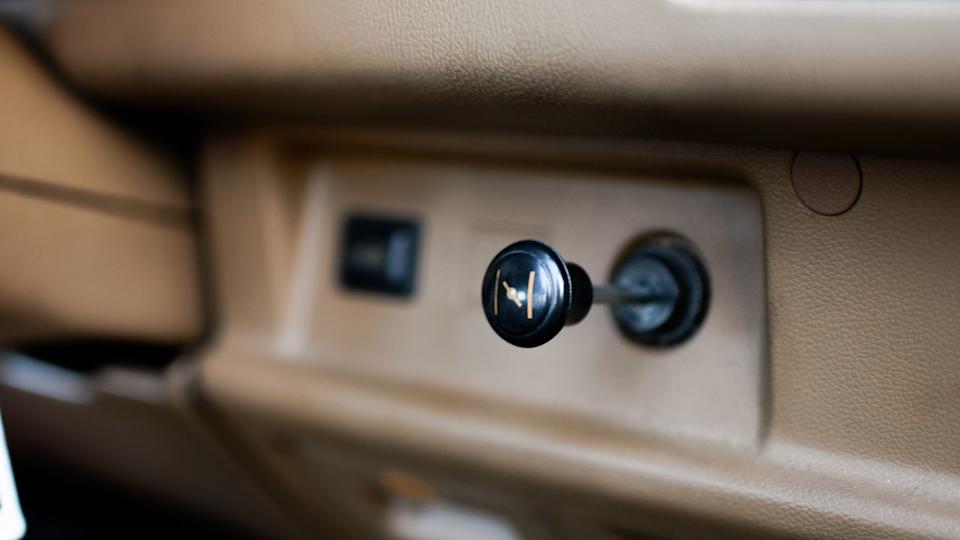
Starting a vintage car required mastering the choke: a manual control that adjusted the fuel-to-air mixture for cold starts. This wasn't just pulling a knob; it was performing automotive acupuncture, finding the precise adjustment that would coax your engine to life without flooding it into silence.
Cold mornings meant pulling the choke fully out, cranking the engine (see the hand-crank horrors above), then gradually adjusting the choke as the engine warmed up. Too much choke flooded the engine with gasoline, creating a fire hazard and a very expensive paperweight. Too little choke meant endless cranking and grinding without ignition.
The process required intimate knowledge of your specific engine's personality. Some engines were choke-sensitive prima donnas that demanded exact adjustments. Others were more forgiving but still required careful attention. Every temperature change, altitude difference, and humidity level affected the ideal choke setting.
Experienced drivers developed an almost mystical relationship with their choke controls. They could diagnose engine problems by the sound of the idle, adjust mixture on the fly for different driving conditions, and perform the starting ritual with the precision of a Swiss watchmaker.
Modern fuel injection systems handle all of this automatically, adjusting mixture hundreds of times per second based on sensor inputs that would have seemed like science fiction to 1920s drivers. We press a button, and engines start perfectly in any weather, at any altitude, without human intervention.
The manual choke is fondly remembered by enthusiasts who appreciate the intimate connection it created between the driver and the machine. However, few modern drivers would trade their reliable push-button starting for the daily ritual of mixture management and prayer.
Features Drivers Do Miss
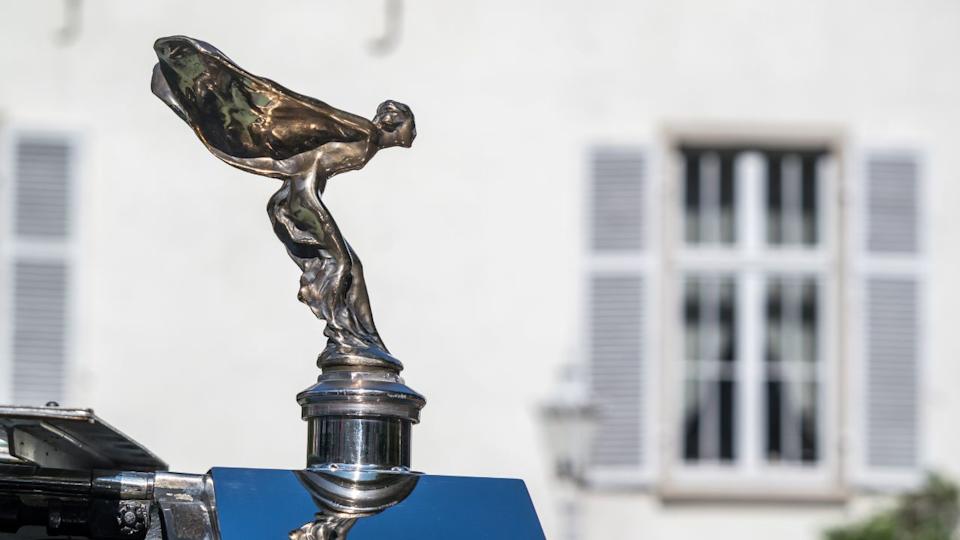
Not every vintage feature deserves to be forgotten. Some carried charm, beauty, or personality that modern cars rarely capture. They may have been impractical, but they gave drivers joy and created lasting memories. These details remind us that automobiles were once as much about artistry as about transportation.
Even with all the comforts of modern technology, people still long for the magic that these touches once brought to the road. They reveal how design once placed imagination at the center of the motoring experience. They also show that sometimes inconvenience can create stronger emotional bonds with a car.
Rumble Seats
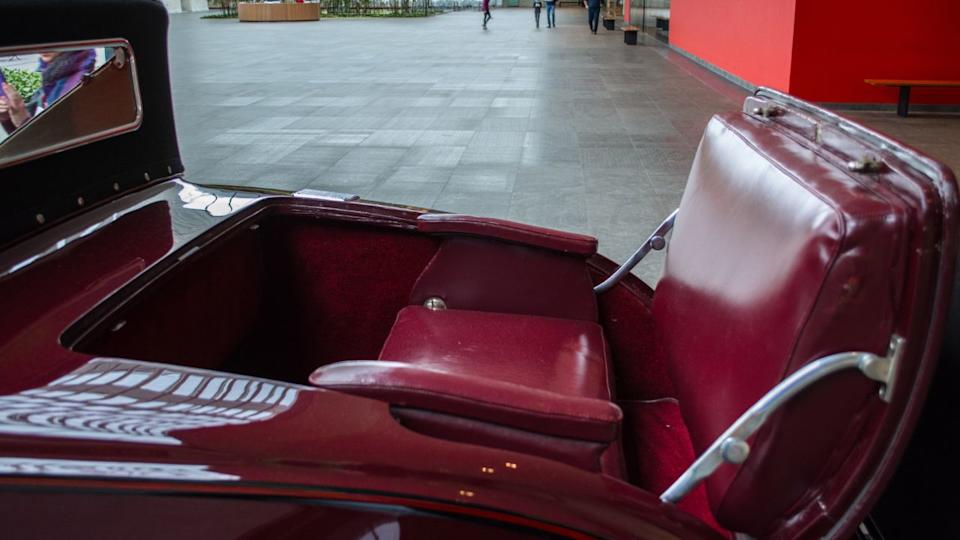
The rumble seat was pure automotive joy disguised as practicality. Folded into the deck behind a coupe's cabin, it could be deployed to create additional seating that was part carnival ride, part wind therapy session. Passengers climbed aboard and experienced motoring in its rawest form: no windshield, no roof, just you, the wind, and whatever insects happened to be in the vicinity.
On perfect spring days, rumble seats were magical. The elevated position provided better views than the main cabin, and the open-air experience made every trip feel like an adventure. Kids fought for rumble seat privileges, and romantic couples found it irresistibly charming for leisurely country drives.
Of course, practical considerations eventually led to the demise of the rumble seat. Rain turned passengers into sodden casualties. Cold weather made it an endurance test. Highway speeds transformed insects into high-velocity projectiles. Safety was essentially nonexistent and passengers were basically cargo with hopes and dreams.
The rumble seat disappeared not because it was poorly designed, but because cars got faster, the weather remained unpredictable, and lawsuits became a thing. Modern safety regulations would have a collective heart attack at the thought of unrestrained passengers riding exposed on the back of a car.
Yet rumble seats represent something we've lost: pure, unadulterated fun. They embodied an era when cars were considered toys for grown-ups, when a little danger was viewed as character-building, and when the journey mattered more than the arrival time. No modern feature captures that spirit of automotive playfulness.
Bulb Horns
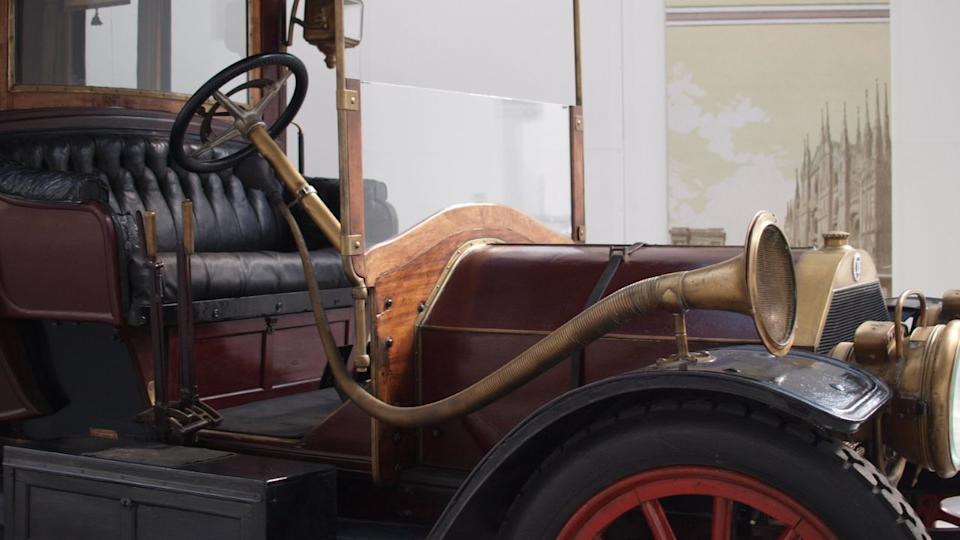
The distinctive "ahooga" of a bulb horn was the sound of polite motoring. These brass instruments, operated by squeezing a rubber bulb, produced a cheerful honk that was more greeting than warning. In an era of slower speeds and more courteous driving, the bulb horn perfectly matched the rhythm of the road.
Unlike modern electric horns, which sound like automotive rage translated into decibels, bulb horns conveyed a sense of friendliness. Their mechanical operation meant the sound varied with how hard you squeezed, allowing for nuanced communication. A gentle squeeze said "hello," while a vigorous honk meant "please notice I exist before we occupy the same space."
The bulb horn was beautifully simple: no electrical connections, no fuses to blow, no computers to confuse. Squeeze bulb, hear sound. This reliability was crucial in an era when electrical systems were more a matter of wishful thinking than reliable technology.
Modern horns are undeniably more effective in terms of safety, but they lack personality. Every car sounds essentially the same: angry, demanding, and slightly obnoxious. The bulb horn belonged to a gentler time, when roads weren't battlegrounds and horn use was a means of communication rather than combat.
Today, bulb horns are still used on classic cars and in the hearts of enthusiasts who remember when motoring had manners. They remind us that automotive communication once carried charm rather than just volume, and that sometimes the old ways had their own perfect logic.
Spare Tire Side Mounts
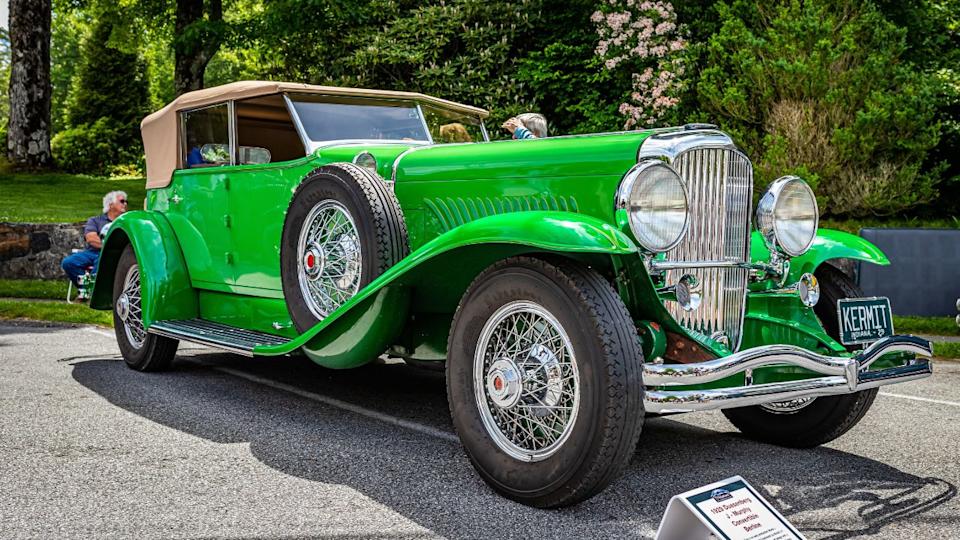
Side-mounted spare tires turned practical necessity into a fashion statement. Mounted in polished covers on the front fenders, they proclaimed that your car was ready for adventure while looking absolutely magnificent doing it. In an era of unreliable tires and questionable roads, visible spare tires were both practical and proudly displayed.
The mounts were works of art themselves: chromed rings, leather covers, and sometimes custom emblems that matched the car's overall design theme. They added visual weight and presence to the car's profile, making even modest sedans appear as though they were heading off on grand expeditions.
From a practical standpoint, side mounts made perfect sense. Tires failed frequently on rough roads, and having the spare easily accessible beats digging through luggage and cargo. The elevated mounting also kept the spare clean and visible for inspection.
As tire reliability improved and integrated trunk storage became standard, side mounts gradually disappeared. They added bulk, collected road dirt, and became unnecessary as flat tires became rare rather than routine. The practical advantages couldn't overcome the styling and aerodynamic penalties.
Yet side-mounted spares remain beloved by collectors and enthusiasts because they perfectly captured the romance of early motoring. They suggested readiness for adventure, preparation for the unknown, and a time when every car trip felt like an exploration rather than a commute.
Modern cars hide their spare tires (when they include them at all) in boring trunk wells or under cargo areas. Practical? Absolutely. Romantic? Not even slightly. Side mounts gave cars personality and presence that modern efficiency has largely eliminated.
Hood Ornaments

Hood ornaments were the crowns of the automotive world: decorative elements that transformed utilitarian radiator caps into works of art. From Rolls-Royce's Spirit of Ecstasy to Packard's pelican, from Jaguar's leaping cat to dozens of custom creations by artists like René Lalique, these ornaments gave cars identity, personality, and unmistakable presence.
The golden age of hood ornaments coincided with cars becoming status symbols, rather than just means of transportation. Owners wanted their vehicles to reflect personal taste, social position, and artistic sensibility. The ornament became automotive jewelry; visible proof that beauty mattered as much as function.
Many ornaments served dual purposes, functioning as radiator caps while providing artistic flair. They were engineered with precision, cast from quality materials, and finished with the same attention to detail as fine sculpture. Some were even functional, like Boyce MotoMeter ornaments that indicated engine temperature.
The decline of hood ornaments coincided with changes in safety regulations, aerodynamic concerns, and shifting design philosophies (and people also kept stealing them off of cars). Pedestrian safety standards essentially outlawed projecting ornaments, while fuel efficiency demands made every aerodynamic detail crucial. The ornament became a casualty of progress and litigation, but some brands, like Rolls Royce, haven't given up on them yet.
Modern cars achieve identity through grille designs, badging, and overall styling themes, but none carry the personal touch of a custom hood ornament. They represented an era when cars were individual expressions rather than mass-market commodities, when beauty was considered essential rather than optional.
Collectors treasure vintage hood ornaments like fine jewelry, displaying them as automotive art. They remind us that cars were once designed to inspire as well as transport, and that sometimes the most impractical details create the strongest emotional connections.
Wooden Steering Wheels
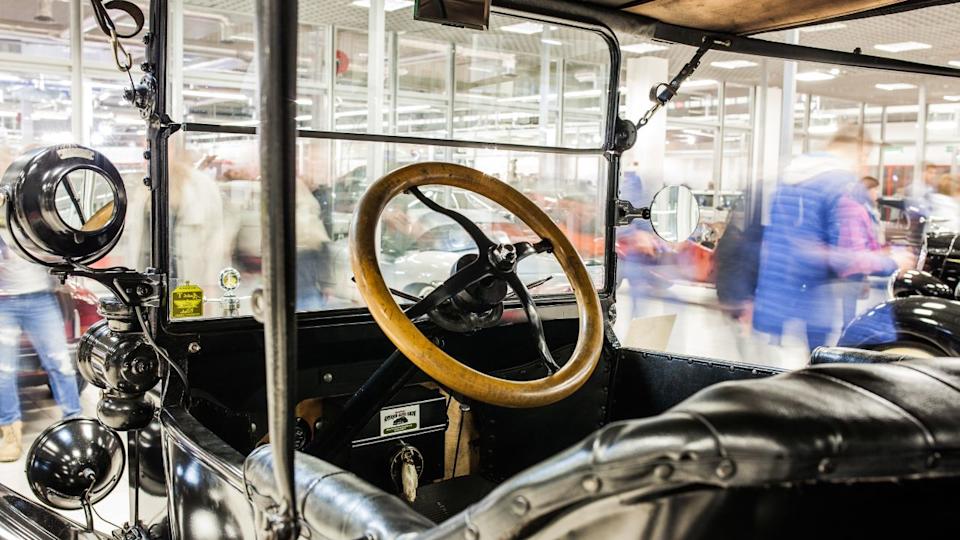
A polished wooden steering wheel transformed every drive into an experience of luxury and craftsmanship. More than functional, these were furniture-quality pieces that brought warmth, beauty, and tactile pleasure to the driving experience. The grain patterns, the smooth finish, and the substantial feel elevated motoring from transportation to something approaching art.
High-end cars featured wheels crafted from exotic hardwoods such as mahogany, walnut, and rosewood finished with multiple coats of hand-rubbed lacquer. The spokes were often metal, creating beautiful contrasts between natural wood and polished brass or steel. Even modest cars could be ordered with wooden wheels that added elegance far beyond their cost.
Beyond aesthetics, wood provided excellent grip and a comfortable feel. Unlike later plastic wheels that could become slippery or uncomfortably hot, wooden wheels maintained a consistent temperature and texture. They aged gracefully, developing character and patina that told the story of their use.
The practical downsides were significant: wood required regular maintenance, could crack or splinter, and provided no padding for comfort or safety. As cars got faster and crashes became more concerning, padded wheels and eventually airbag-equipped designs made wooden wheels obsolete.
Modern steering wheels are marvels of ergonomic engineering, featuring climate control, audio controls, cruise control, and safety systems that would astound vintage drivers. They're undeniably superior in every practical measure, yet they lack the soul and craftsmanship of their wooden ancestors.
Wooden steering wheels are a cherished feature in classic cars and high-end restomods, as they create a unique connection between the driver and the machine. They represent an era when even utilitarian components were considered opportunities for beauty, when craftsmanship was valued over efficiency, and when cars were designed not only to serve practical needs but also to please the senses.
Why Memories Still Matter on the Open Road
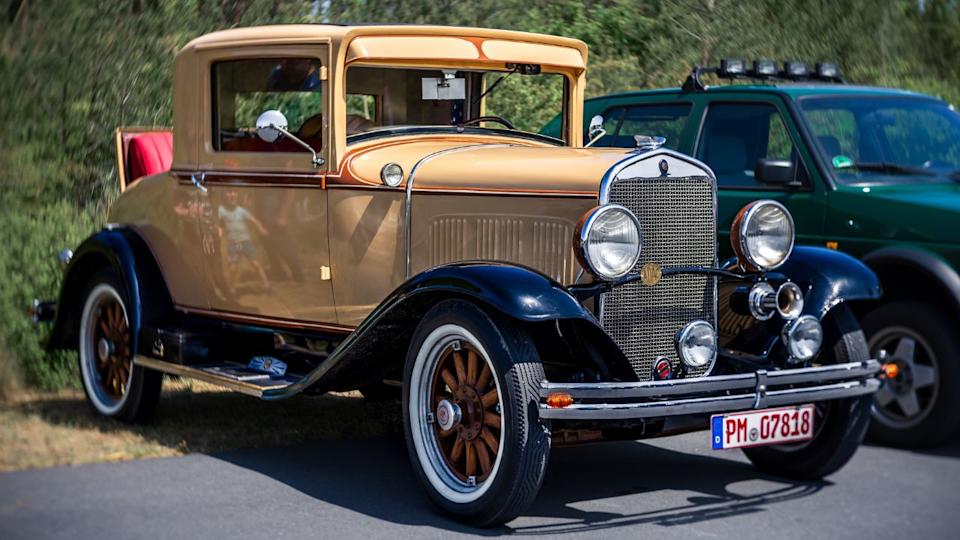
The evolution from vintage cars to modern vehicles tells the story of human ingenuity, safety consciousness, and our eternal quest for convenience. Every feature that disappeared solved a real problem, made driving safer, or simply made life easier. Progress deserves celebration, not criticism.
Yet something was lost in translation: a rawness, an intimacy, and a sense of accomplishment that came from mastering machines that fought back. Vintage cars demanded skill, patience, and mechanical sympathy. They rewarded understanding and punished ignorance. Driving them was an achievement rather than an entitlement.
The features we miss weren't necessarily better, they were more involving, more personal, and more memorable. They created stories, demanded attention, and forged emotional bonds that lasted lifetimes. They remind us that sometimes the inconvenient path creates the most meaningful memories.
The road forward leads to even more automation, electrification, and eventually autonomous driving. Progress is inevitable and largely beneficial. But sometimes it's worth remembering that the best automotive memories come not from the most efficient machines, but from the ones that demanded we pay attention, rewarded our efforts, and reminded us that driving could be an adventure rather than just a necessity.
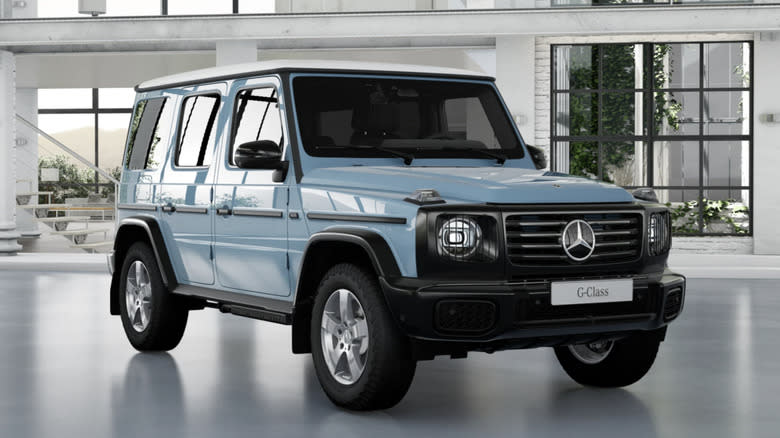
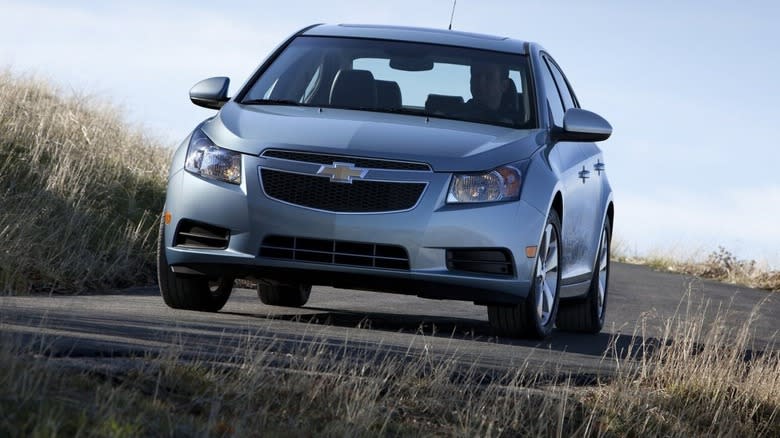
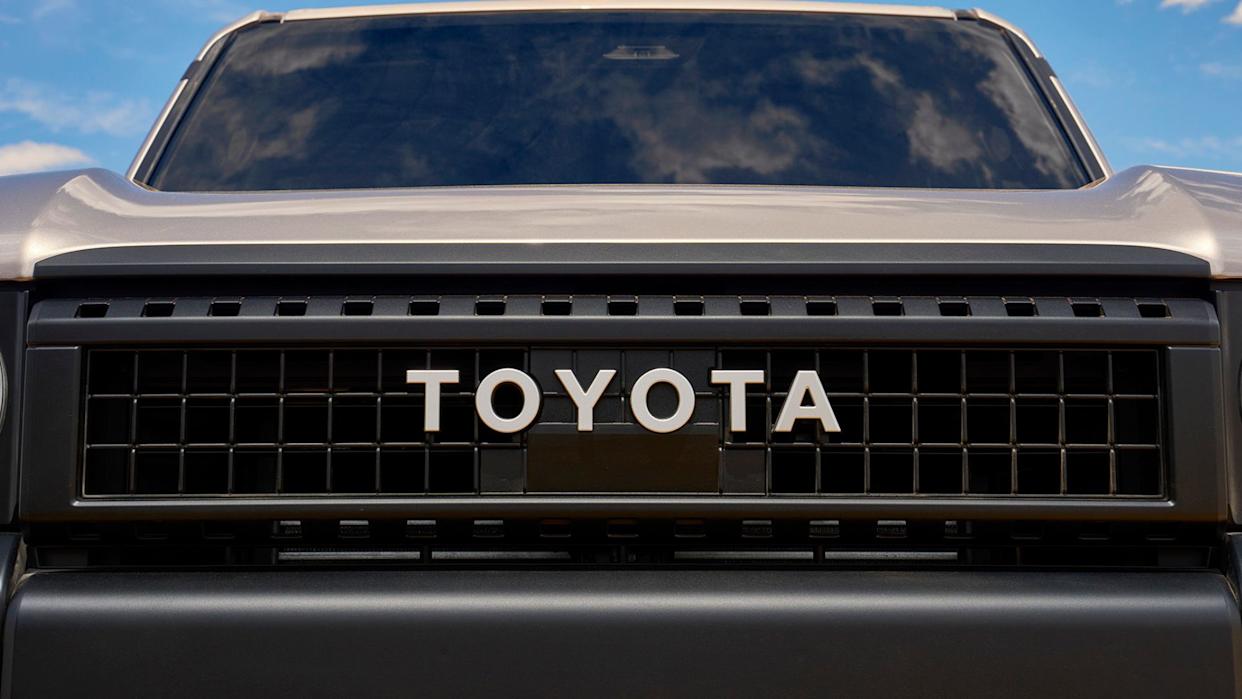
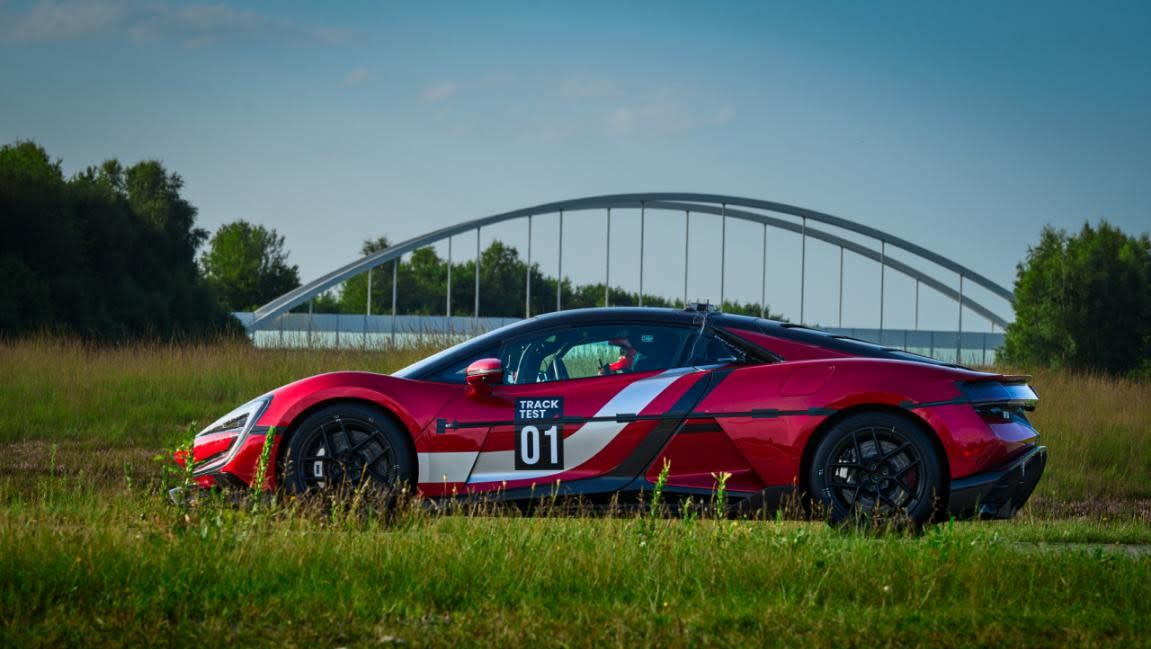
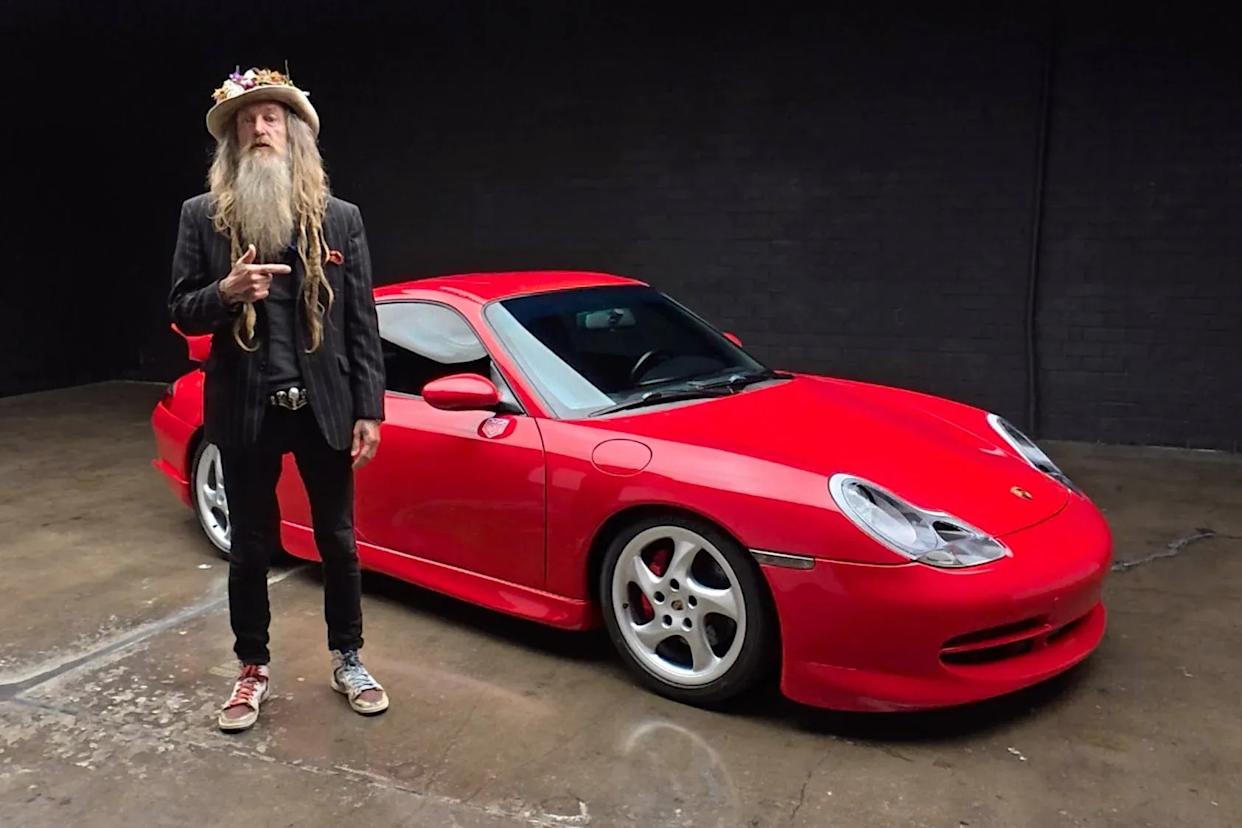
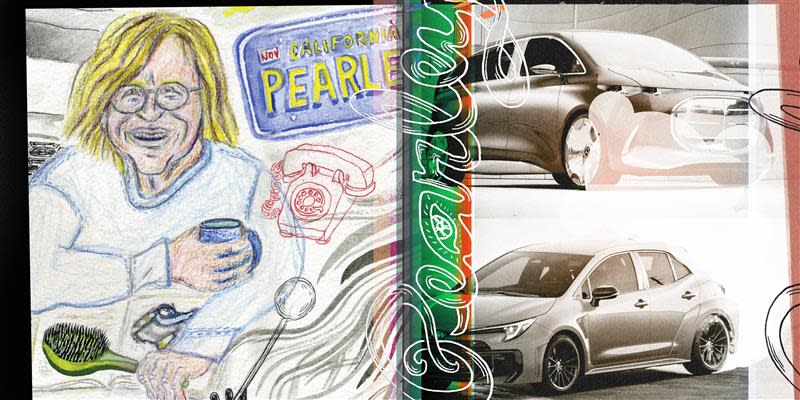
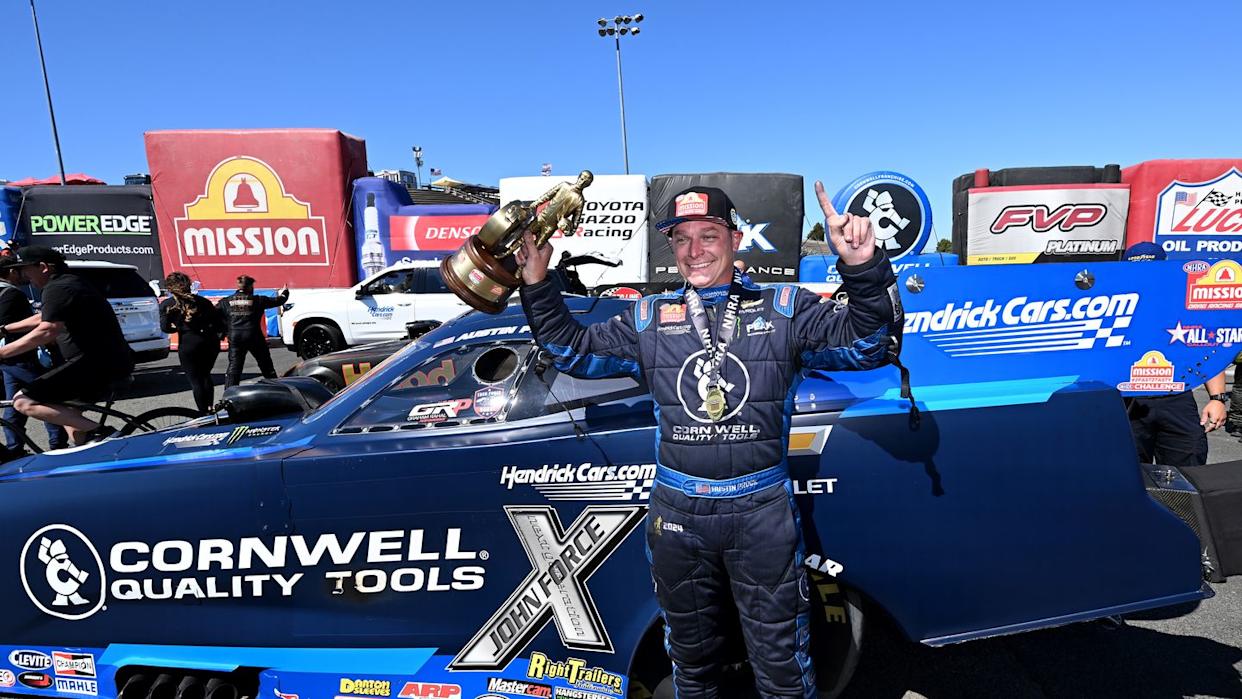
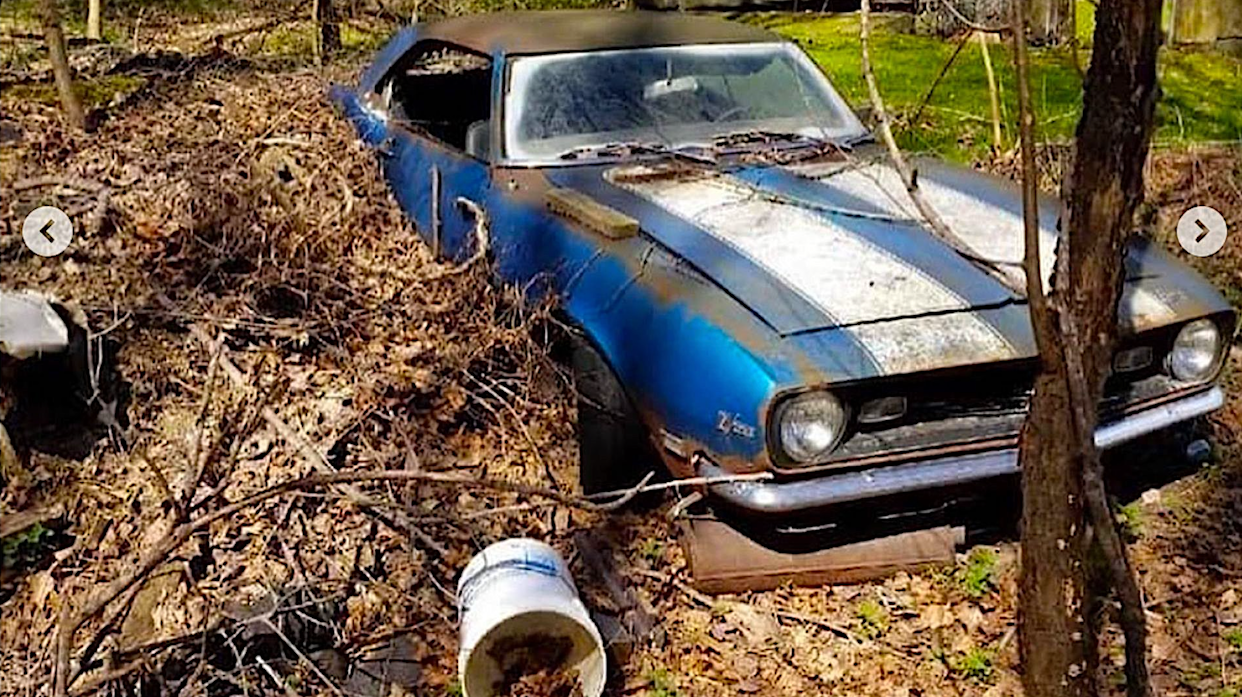
Comments